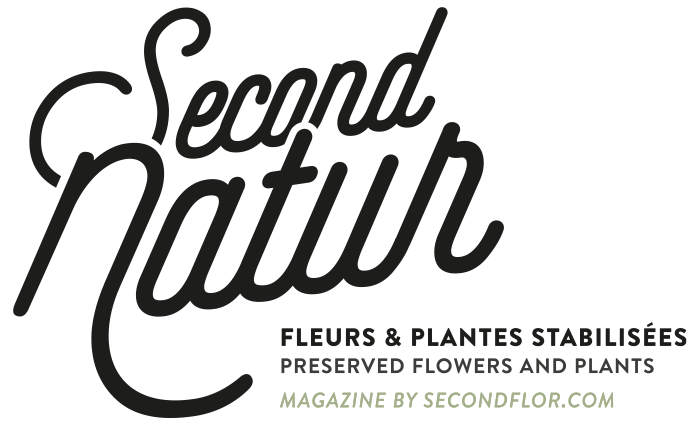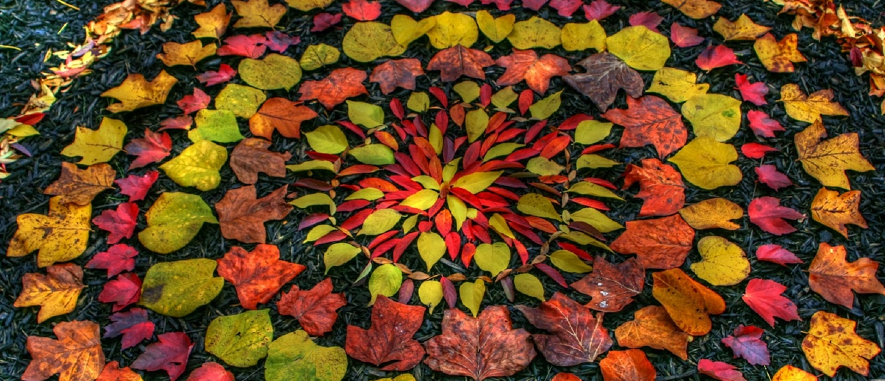A true trend in contemporary art, land art invests nature to make it its playground. Artists use what is there and expose their work to the elements and natural erosion. Far from wanting to be eternal, land art is part of the logic of the present moment. Works of art are ephemeral. Often, the only preserved memory is a photo or video.
This movement was born in the 1960s in the American West. The desert landscapes of the country inspired the first artists going even to more important works requiring construction equipment and visible only from an airplane.
This new art has emerged in contestation of easel works, intended only to adorn museums. Land art really represents a will to invest nature and to work in its heart, it is no longer just a question of representing it.
Artists like Andy Goldsworthy or Nils Udo work directly in nature and immortalize their creations through photography. It is no longer a simple creation but a real immersive experience. There is no more limit of canvas or painting, the space is immense and all the materials are on the spot.
By creating in nature, artists abandon themselves to the whims of the latter, and renounce to control it. The artist create, nature completes the work. This process of restoring art to nature brings out the character of an environment and the importance of preserving it.
So if your children make mountains of stones and lines in the sand, no it’s not land art. But keep your hopes up. Like Van Gogh or Gauguin, famous posthumously, success can always happen.










